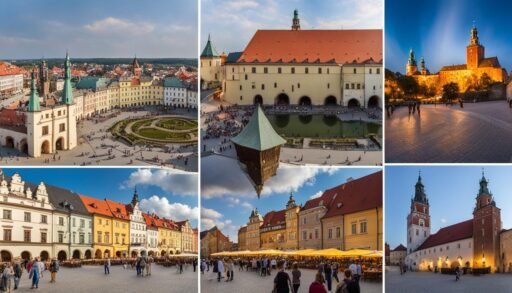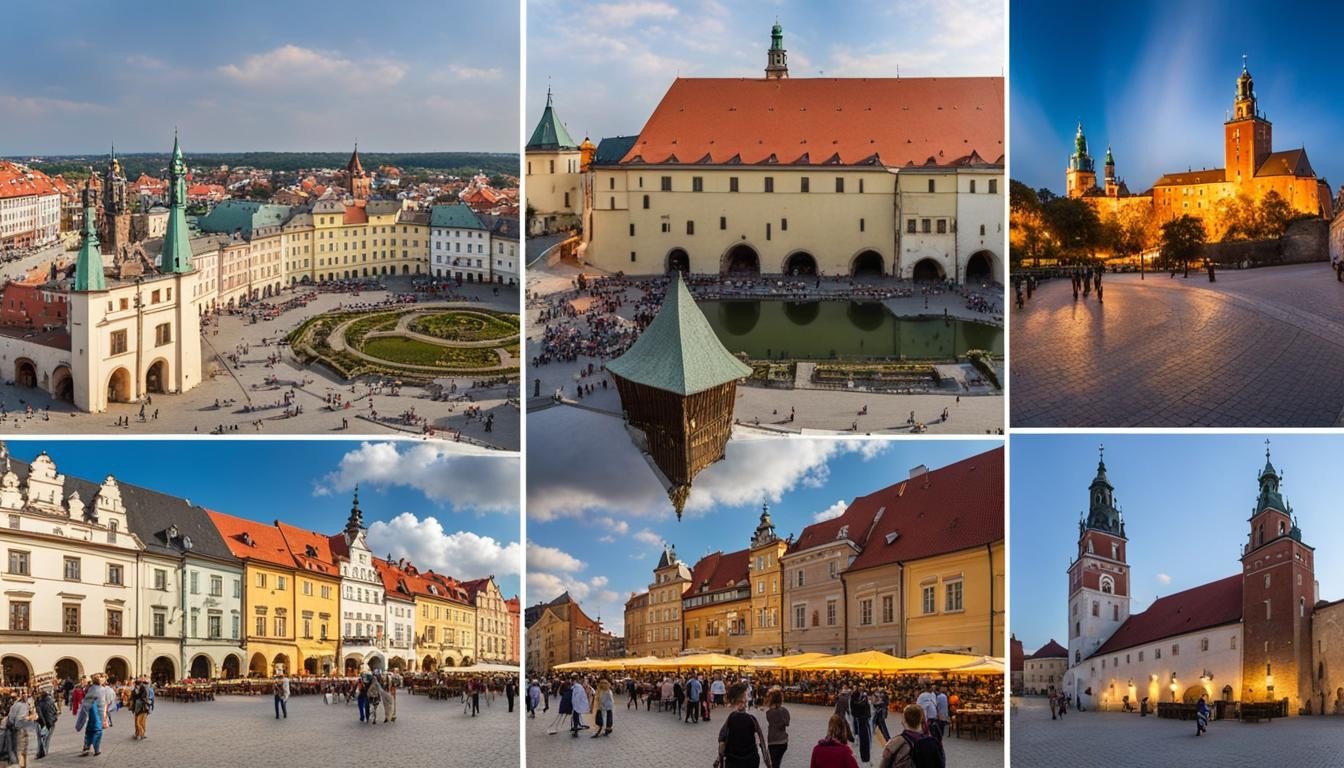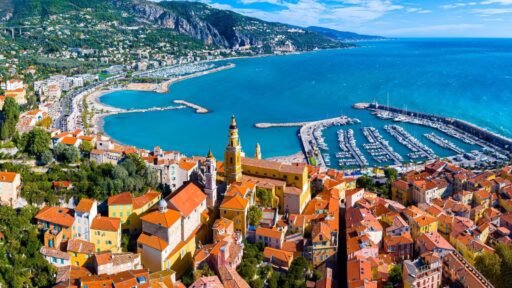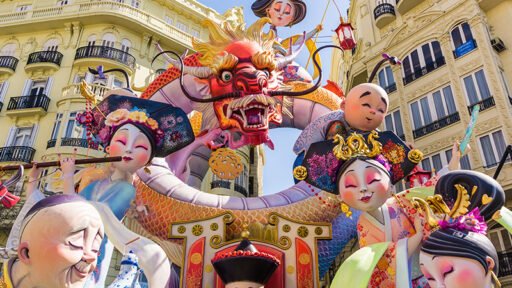Planning a trip to Krakow? Poland’s second-largest city dazzles with medieval castles, vibrant markets, and serene parks. Nexus Mag unveils the must-visit Krakow attractions, from Wawel Castle to hidden gardens, with tips to explore its rich history and culture.
Why Visit Krakow’s Attractions?
Krakow, a UNESCO World Heritage Site, blends medieval grandeur with modern vibrancy. Its landmarks, from the Gothic St. Mary’s Basilica to the bustling Rynek Główny, tell stories of Poland’s past while offering a lively cultural scene. Whether you’re a history buff, art lover, or family traveler, Krakow’s attractions promise an unforgettable adventure, with over 6 million visitors annually drawn to its charm.

Top Historical Landmarks
Krakow’s historical sites transport you through centuries of Polish heritage:
1. Wawel Castle
Perched on Wawel Hill, this 14th-century castle was home to Polish kings. Its Gothic, Renaissance, and Baroque architecture dazzles, with highlights like the Royal Chambers and Crown Treasury.
Tip: View the castle from the Vistula River’s banks for stunning photos, especially near Dragon’s Den.
Stat: Over 1.5 million visitors explore Wawel annually.

2. St. Mary’s Basilica
Dominating Rynek Główny, this Gothic masterpiece is famed for its twin towers and 15th-century wooden altarpiece by Veit Stoss. The hourly “Hejnał Mariacki” trumpet call from the taller tower is a Krakow tradition.
Tip: Buy a separate ticket (€3) to see the altarpiece up close; visit before noon when it’s open.
3. Cloth Hall (Sukiennice)
In the heart of Rynek Główny, this Renaissance market hall has been a trading hub for centuries. Its arcades house stalls with crafts and jewelry, while the upper floor hosts a 19th-century art gallery.
Tip: Sip coffee at Café Szał’s terrace for views of St. Mary’s Basilica.
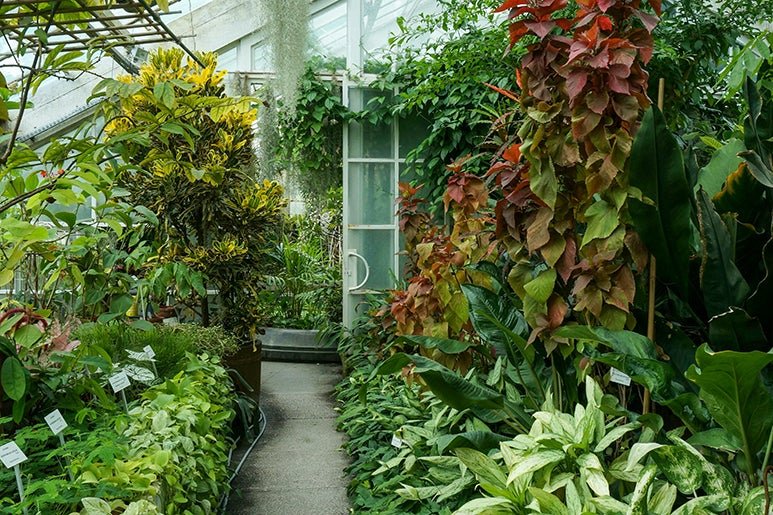
Hidden Gems and Natural Escapes
Beyond its famous landmarks, Krakow offers serene and lesser-known spots:
1. Jagiellonian University Botanical Garden
Founded in 1783, this garden boasts 6,000+ plant species, historic greenhouses, and tranquil paths. It’s a romantic retreat in spring when roses bloom.
Tip: Visit in May–June for peak floral displays; entry is ~€4.
2. Planty Park
This 4-km green belt encircles the Old Town, offering shaded walks and benches. It’s perfect for picnics or quiet reflection amidst historic surroundings.
Tip: Stroll in autumn for vibrant red and gold foliage.
3. Krakus Mound
An ancient burial mound, Krakus offers panoramic city views and ties to local legends about Krakow’s founder. It’s a peaceful spot for sunset walks.
Tip: Pair with a visit to nearby Kazimierz for a full day’s exploration.
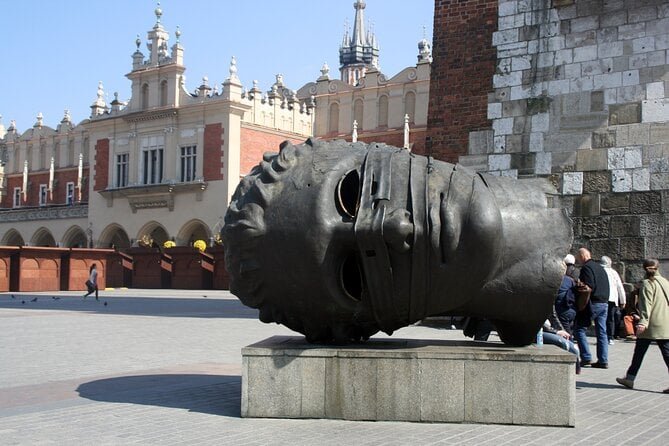
Cultural Hubs and Vibrant Markets
Krakow’s markets and cultural centers pulse with local life:
- Rynek Główny: Europe’s largest medieval market square, alive with street performers, cafes, and vendors. It’s the heart of Krakow’s social scene.
- Kazimierz District: Once the Jewish quarter, now a trendy hub with art galleries, street food, and historic synagogues. Explore its markets for local crafts.
- Local Markets: Stalls in Rynek and Kazimierz sell fresh bread, cheeses, and handmade goods, offering a taste of Polish traditions.
Tip: Visit Rynek Główny at night when lanterns glow for a magical vibe.
Museums and Art Scenes
Krakow’s museums showcase its artistic legacy:
- Wawel Cathedral Museum: Houses royal artifacts and religious treasures near Wawel Castle.
- National Museum in Krakow: Features Polish art from medieval to modern, including works by Jan Matejko.
- MOCAK (Museum of Contemporary Art): Showcases bold, modern installations in the Schindler’s Factory district.
Tip: Buy a Krakow Museum Pass (~€15) for multi-day access to top museums.
Seasonal Transformations
Krakow’s attractions shift with the seasons, each offering unique charm:
- Spring: Blooming parks and open-air cafes; ideal for garden visits.
- Summer: Long days for evening strolls; enjoy outdoor festivals.
- Autumn: Fiery foliage in Planty Park and Krakus Mound.
- Winter: Snow-dusted landmarks and Christmas markets in Rynek Główny.
Tip: Visit in December for festive lights and mulled wine stalls.
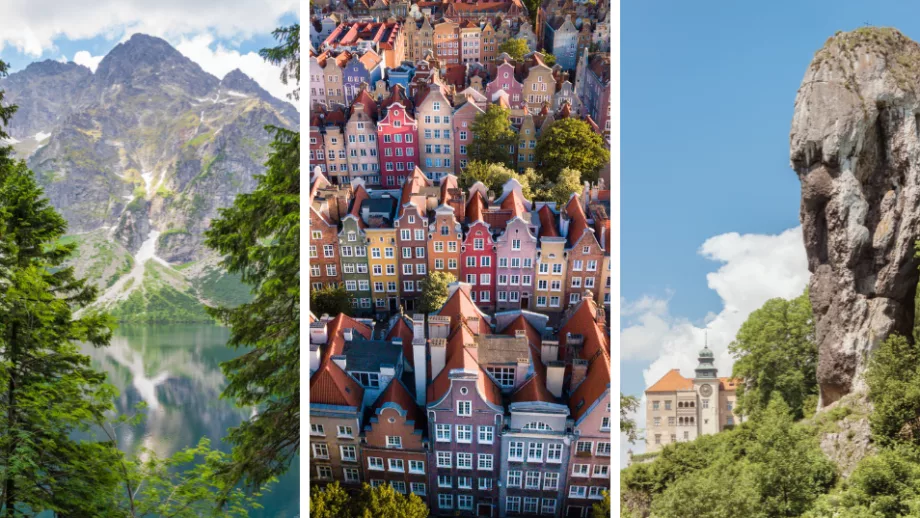
Practical Tips for Visiting Krakow
Make the most of your trip with these tips:
- Book Ahead: Reserve tickets for Wawel Castle and St. Mary’s altarpiece online to skip lines.
- Travel Light: Wear comfy shoes for cobblestone streets; bring a reusable water bottle.
- Save Money: Many sites (e.g., Rynek Główny, Planty Park) are free. Wawel Hill and St. Florian’s Gate cost nothing to explore.
- Best Time: Visit midweek to avoid weekend crowds; spring or autumn for mild weather.
- Getting Around: Krakow’s Old Town is walkable; use trams or buses (~€1) for farther sites like Kazimierz.
- Language: English is widely spoken in tourist areas; learn “Dzień dobry” (hello) for local charm.
Hours: Most attractions open 9 AM–5 PM; check specific sites for seasonal hours.
Cost: Wawel Castle tickets ~€7–€12; St. Mary’s Basilica ~€3; many sites free.
FAQs About Krakow Attractions
What are Krakow’s must-see landmarks? Wawel Castle, St. Mary’s Basilica, Cloth Hall, and Rynek Główny top the list.
Are there free attractions in Krakow? Yes, Rynek Główny, Planty Park, Wawel Hill, and Kazimierz are free to explore.
Is Krakow family-friendly? Absolutely, with kid-friendly spots like Wawel Castle, Planty Park, and Rynek Główny’s open spaces.
How long should I spend in Krakow? 2–3 days to cover major attractions; add a day for museums and Kazimierz.
When’s the best time to visit? Spring (April–May) or autumn (September–October) for mild weather and fewer crowds.
Discover Krakow’s Magic
Krakow’s attractions—from Wawel Castle’s medieval splendor to Rynek Główny’s lively pulse—offer a journey through history, art, and culture. Whether exploring cobblestone alleys or relaxing in lush parks, you’ll uncover Poland’s heart. Plan your trip with our tips and let Krakow enchant you. Find more travel inspiration in our Travel hub at Nexus Mag.


